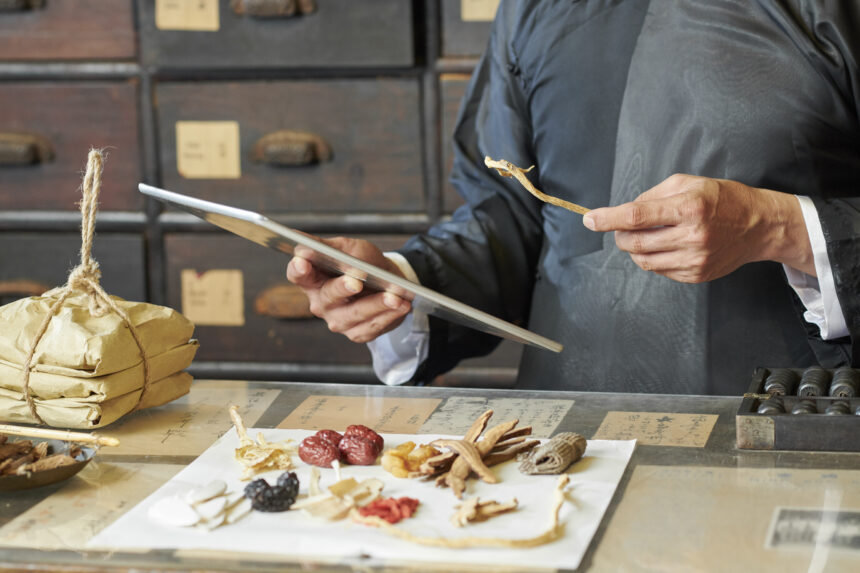Traditional Chinese Medicine (TCM) is not just a medical system, but also a philosophical way of thinking. Its unique perspectives and treatment methods approach health from a holistic standpoint. We are grateful to our ancestors for passing down the rich and splendid culture of TCM, which serves as an endless source of progress for future generations of medical practitioners. Renowned figures in TCM, such as Huangdi, Qibo, Bianque, Huatuo, and Zhang Zhongjing, have made indelible contributions. The classics “Huangdi Neijing” and “Shanghan Zabing Lun” are regarded as essential reading materials by scholars. Among the numerous famous physicians, the one I admire the most is Bianque, honored as the “ancestor of medicine.” He was proficient in various fields, including internal medicine, surgery, gynecology, pediatrics, and even performed surgeries. He utilized acupuncture, massage, herbal decoctions, and thermal therapies, which are still widely used in modern clinical practice. In comparison to contemporary TCM practitioners who specialize in herbal medicine, acupuncture, or tuina massage, their therapeutic efficacy falls short of the outstanding results achieved by Bian Que through his comprehensive treatments.
I learned Chinese medicine through apprenticeship, followed by a three-year formal education in a Chinese medicine school. My master, Feng Zhanyuan, encouraged me to broaden my knowledge beyond the scope of Chinese medicine and draw insights from other medical disciplines. I firmly believe in the principle of learning from the strengths of different schools, continuously improving myself. Chinese medicine is rooted in compassion, emphasizing patient-centered care and considering various factors such as the disease condition, constitution, and psychology to develop personalized treatment plans. By selecting the most suitable therapeutic approaches for patients, we can maximize treatment effectiveness and achieve the best possible recovery outcomes for them.
My understanding of the relationship between traditional Chinese medicine (TCM) theory and modern medicine is as follows:
TCM theory views Qi (气) as functional energy and Blood (血) as the material basis. This highlights the crucial roles of Qi and Blood in the human body. Qi represents the body’s functions and vitality, while Blood represents its material foundation.
In modern theories, the concept of muscles being the “second brain” shares some similarities with TCM’s understanding of the meridian system. Considering muscles as the second brain implies that they have significant neural, metabolic, and immune functions and can interact with other systems in the body. Similarly, the meridian system in TCM is believed to be a network of channels that connect and regulate various organs, tissues, and parts of the body.
TCM’s theory of “Luo” diseases (络病学说) suggests that long-term illnesses can affect the body’s meridian system. This is related to modern Western medicine’s microcirculation theory, which emphasizes the importance of micro blood vessels and their impact on overall health.
Modern immunology theory holds that the body’s disease outcome often depends on the improvement of its own immune system. In contrast, TCM focuses on reinforcing the body’s righteous Qi and dispelling
pathogenic factors as a way to regulate and enhance the body’s immune response. When the righteous Qi is strong and pathogenic factors are weak, the patient’s prognosis is usually favorable, whereas when pathogenic factors overpower the righteous Qi, the prognosis is poor.
Based on my decades of clinical experience, I have come to realize that in the field of treatment, one must possess both boldness and meticulousness in diagnosing and treating diseases, as well as a firm belief in achieving healing. This confidence stems from continuous learning, summarizing knowledge, and validating it through clinical practice. A qualified TCM practitioner should have a comprehensive
mastery of medical techniques, particularly in important areas, and be able to apply them accurately and proficiently. During the treatment process, it is essential to achieve effectiveness through appropriate dosages and avoid ineffective treatment methods that may appear similar but lack essential principles.
To achieve effective treatment, it is crucial to accurately differentiate and diagnose the patient’s condition. Many misdiagnoses and mistreatments by doctors often stem from inaccurate pattern differentiation, including errors in determining the nature of the disease (such as cold or heat) and the location of the disease (such as superficial or internal). In modern medicine, a deep understanding of muscles, tendons, bones, nerves, blood vessels, and other aspects is essential. Many TCM practitioners focus solely on meridians and acupoints, while paying less attention to the twelve cutaneous regions, twelve tendino-muscular meridians, and fifteen collaterals. However, these theories can be fully utilized in the treatment of joint disorders related to tendons and meridians, conditions where blood movement affects finger movements, or cases where blood influences visual function. Only by correctly applying these fundamental theories can significant improvements in treatment outcomes be achieved.
I agree with the viewpoint of the renowned traditional Chinese medicine (TCM) master, Wang Mianzhi. He emphasizes that to maintain health, the circulation of Qi (vital energy) must be sufficient. When Qi is excessive, it manifests as heat, and when Qi is deficient, it results in deficiency. Blood should be clear and free-flowing, able to resolve stasis and remove stagnation, dispel dampness, and clarify turbidity, ensuring the smooth flow of arteries, veins, and microcirculation. Additionally, attention should be given to promoting sweating and regulating bowel movements, as these activities provide important information about the patient’s condition and reflect whether physiological activities are in a state of natural health. By appropriately regulating and restoring the normal state of perspiration and bowel movements, it can help adjust the balance of Yin and Yang in the body, restore the normal circulation of Qi and blood, promote disease recovery, and maintain overall health.
Furthermore, the concept of muscles as the “second brain” of the human body has received increasing attention in recent years. In my clinical practice, I have personally witnessed the positive effects of restoring muscle function on the recovery of limb function in patients with Parkinson’s syndrome, post stroke sequelae, hemiplegia, and other conditions. It represents a reverse treatment approach targeting the brain and nerves. I have also validated the importance of muscles and tendons in joint pain. Maintaining the normal elasticity and function of muscles and tendons is crucial for preserving the body’s healthy motor function. These conclusions further emphasize the importance of the treatment principles regarding muscles, tendons, and joints in TCM theory, ensuring bodily flexibility and normal movement, thus promoting overall health. These findings provide us with deeper insights and valuable guidance for treatment.
The philosophical mindset of traditional Chinese medicine indeed goes beyond the singular biological mechanism and perceives the human body as an interconnected whole in interaction with the environment. It focuses on individual differences, respects the uniqueness of each person’s constitution, and acknowledges the interrelationship between the body and mind. This comprehensive viewpoint enables traditional Chinese medicine to offer perspectives and complementary approaches that differ from modern medicine, providing more comprehensive and detailed methods for the treatment of certain diseases.
Traditional Chinese medicine emphasizes the overall balance and harmony of the body, considering diseases as a result of internal imbalances and disharmony rather than mere localized issues. During the treatment process, traditional Chinese medicine practitioners take into account various factors such as the patient’s constitution, symptoms, psychological state, and environment to develop personalized treatment plans. This holistic approach facilitates better restoration and maintenance of the body’s health.
Furthermore, traditional Chinese medicine places great emphasis on prevention and regulation, highlighting the importance of maintaining overall body health rather than solely focusing on disease treatment. By adjusting diet, lifestyle habits, and emotions, traditional Chinese medicine helps people prevent diseases and maintain physical and mental balance.
In conclusion, the philosophical mindset of traditional Chinese medicine is characterized by its holistic, individualized, and preventive nature. It provides us with a more comprehensive and integrated understanding of health concepts and treatment methods.

